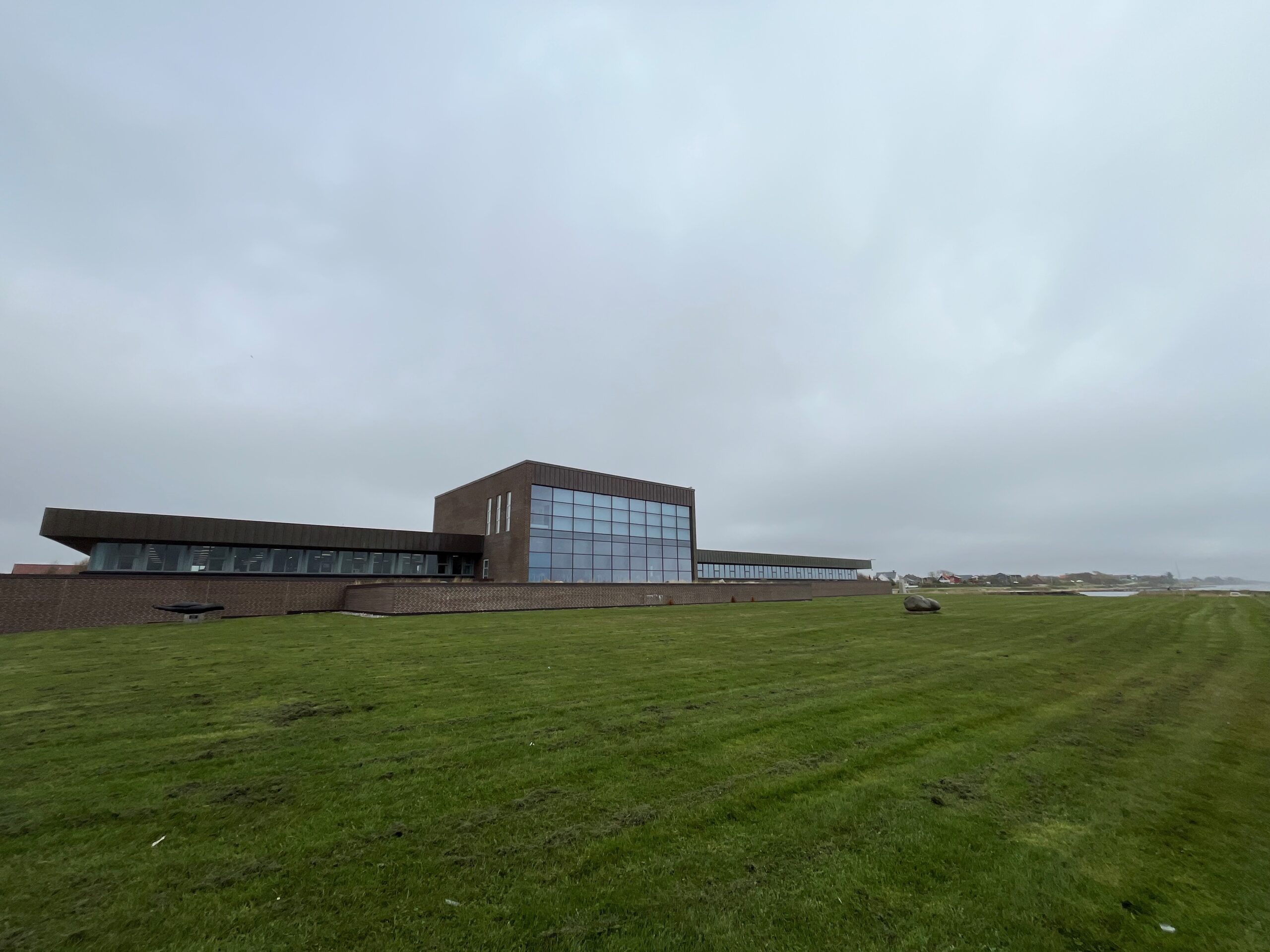The annual Danish police survey on citizens’ safety ‘Politiets Tryghedsindeks’ has revealed that on average 89.1 percent of Danes feel safe in their community.
The figure does not differ much compared to last year’s results, when 89.3 percent of citizens responded that they feel safe.
People living on the island of Bornholm feel the safest (96.7 percent), while those from Copenhagen’s western suburbs not as much (81.8 percent).
Some 6.4 percent explicitly said they do not feel safe in their neighbourhood, which is a little bit more than in 2015, when 5.6 percent felt that way.
READ MORE: Police survey: People in Denmark are feeling safer in their community
Vulnerable areas getting safer
As in the previous three years, the police survey focused more closely on so-called vulnerable areas, characterised with a higher than average level of crime.
This year, some 72.4 percent said they feel safe, which is a slight increase over the 69.5 percent in 2013, when the survey was carried out for the first time.
The survey has also found that on average 81.1 percent of Danes have confidence in the police forces, while 17.6 percent said they do not trust them.
The proportion of those who distrust the police has increased by about 2 percent compared to the previous three years.
READ MORE: Copenhagen residents feel safer
Trusting Bornholmers
Bornholmers again top the list and have the highest confidence in the police (90.8 percent), while people from the police district of central and west Zealand place at the other end of the barometer (75.3 percent).
When comparing only the country’s five biggest cities, then residents in Aarhus have the highest confidence (88.9 percent) in the police forces, while Copenhageners have the lowest (80.1 percent).
Politiets Tryghedsindeks is based on answers from over 11,000 respondents who were surveyed by Danmarks Statistik in the period from June 15 to September 25.












